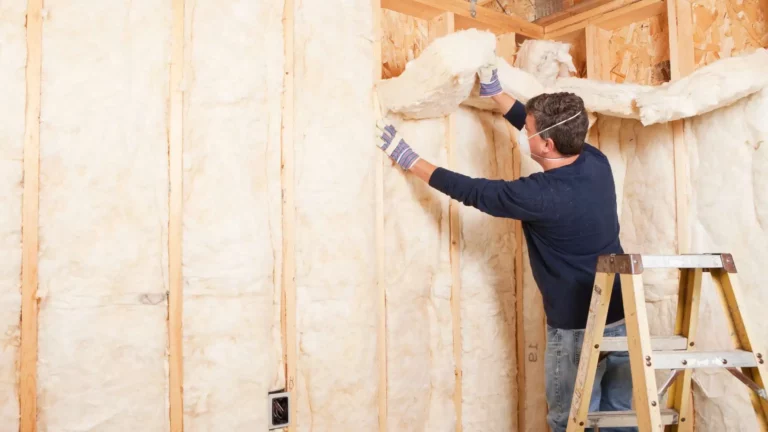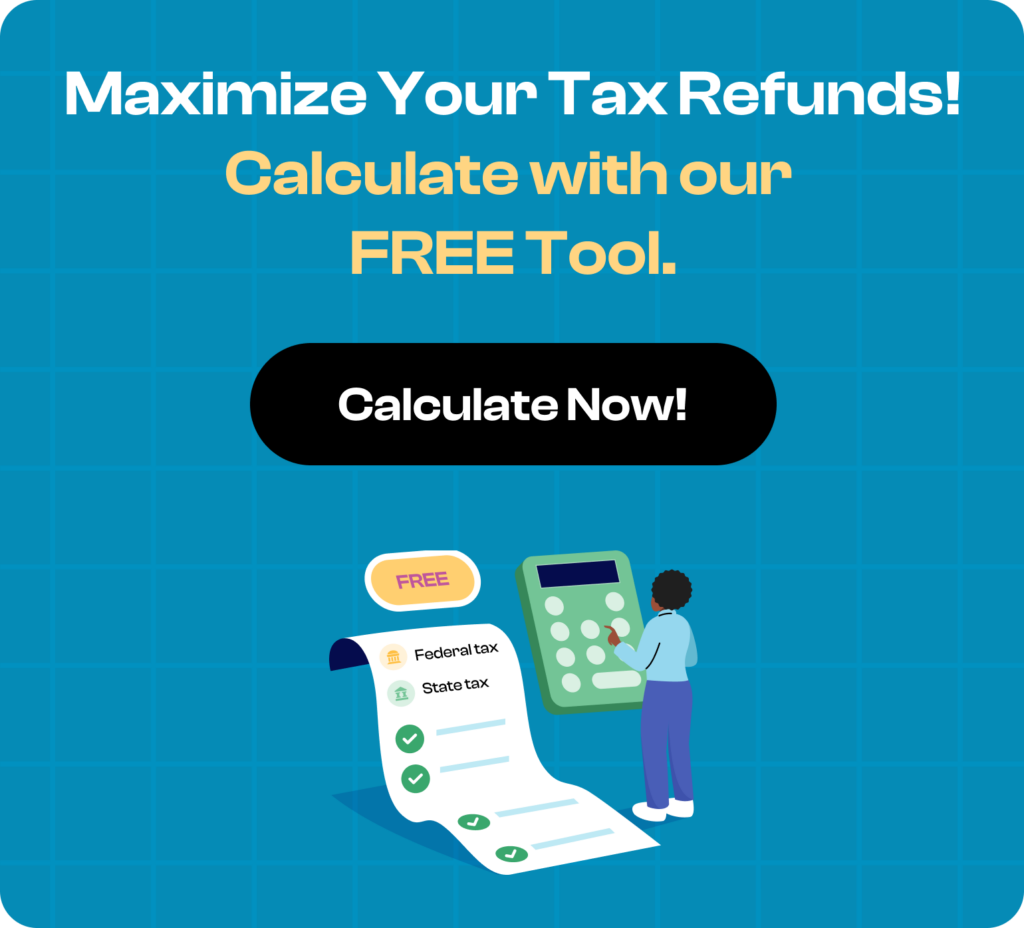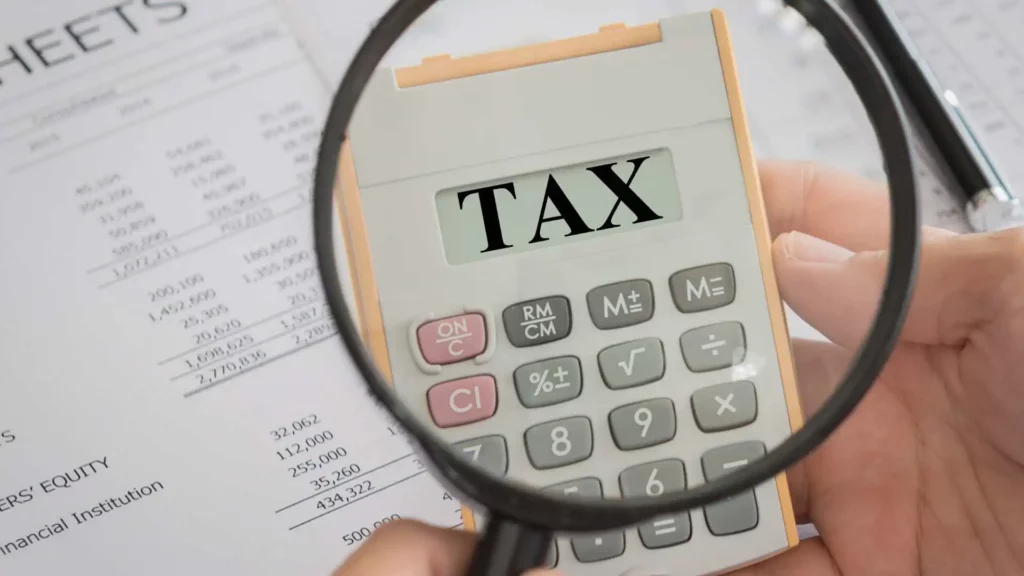Did you know that, according to the Department of Energy, nearly half of all home energy consumption goes toward heating and cooling? This translates to significant energy costs for homeowners. Fortunately, the federal government offers a tax credit to incentivize investments in energy-efficient home improvements, including insulation. This blog dives into everything you need to understand about the Federal tax credit for insulation, helping you make informed decisions to lower your energy bills and claim valuable tax breaks.
What Are Federal Tax Credit For Insulation?
The Energy Efficient Home Improvement Credit, introduced by the Inflation Reduction Act of 2022, allows homeowners to claim a non-refundable tax credit for a portion of the cost of qualified energy-efficient home improvements, including insulation. This credit offers a 30% tax credit on qualifying expenses, with a maximum annual credit of $1,200 for insulation and other energy-efficient improvements combined.
The Basics of Home Insulation
Before exploring the tax credit, it’s essential to understand the role of insulation in your home. Insulation is a material that resists heat flow, helping to maintain a comfortable indoor temperature throughout the year. Proper insulation helps keep your home cool in the summer and warm in the winter, significantly reducing your reliance on heating and cooling systems. This translates to lower energy bills and a smaller environmental footprint.
Various types of insulation materials are available, each with its own benefits and installation requirements. Common types include:
- Batt insulation: Flexible rolls or batts commonly used in attics, walls, and crawl spaces.
- Loose-fill insulation: Blown-in insulation suitable for attics and hard-to-reach areas.
- Spray foam insulation: Expands to fill gaps and cracks, offering excellent air-sealing properties.
Overview of the Federal Tax Credit
The Energy Efficient Home Improvement Credit offers a 30% tax credit on qualifying insulation and other energy-efficient upgrades installed in your primary residence. Here are some key points to remember:
- Credit Percentage: 30% of qualifying expenses.
- Annual Credit Limit: $1,200 for insulation and other energy-efficient improvements combined (separate limits apply for certain equipment).
- Credit Type: Non-refundable (reduces the amount of taxes owed)
- Eligible Expenses: Insulation materials and labor costs for installation.
- Tax Year Applicability: This applies to qualifying costs incurred after December 31, 2022.
Eligibility Criteria for Insulation Tax Credit
To claim the tax credit for insulation, your home improvement project must meet specific requirements:
- Qualifying Insulation: The insulation material must meet thermal performance standards set by the IRS. A list of qualifying materials is available on the Department of Energy website.
- Professional Installation: A licensed contractor must handle the installation. This ensures proper insulation placement, maximizing energy savings, and meeting credit requirements.
- Primary Residence: The credit applies only to insulation installed in your main home, where you live most of the time.
- Tax Liability: You must have enough federal tax liability to benefit from the credit. Essentially, the credit reduces the taxes you owe, so you need to have some tax burden to see a benefit.
How to Claim the Federal Tax Credit for Insulation
Here’s how you can claim the Federal tax credit for insulation on your tax return:
- Gather Documentation: Keep receipts and invoices for insulation materials and professional installation services.
- Complete IRS Form 5695: Use Form 5695, Residential Energy Credits, to claim the credit on your tax return. This form requires details about your qualifying home improvements, including insulation.
- Consult a Tax Professional: For complex tax situations, consider consulting a tax professional to ensure you claim the credit accurately.
Selecting the Right Insulation for Your Home
Choosing the proper insulation for your home depends on several factors, including:
- Climate: Consider your local climate and choose insulation with the appropriate R-value (resistance to heat flow). Higher R-values offer better insulation.
- Application: Different insulation types are suited for specific areas. Batt or blown-in insulation works well in attics and walls, while spray foam excels in sealing cracks and hard-to-reach spaces.
- Cost: Consider your budget and prioritize areas with the most significant heat loss, like your attic or drafty exterior walls. Fiberglass batts are generally less expensive, while spray foam offers superior performance but comes at a higher cost.
- Existing Construction: The type of construction in your home can influence insulation choices. Brick homes may benefit from cavity wall insulation, while older homes with plaster walls might require special installation techniques.
- Environmental Impact: Some insulation materials boast higher recycled content or lower embodied energy. If eco-friendliness is a priority, research sustainable insulation options like cellulose or sheep’s wool.
How Can I Maximize My Tax Credits?
There are several ways to stretch your tax credits further when making energy-efficient upgrades to your home:
- Combine Improvements: Consider bundling insulation with other qualifying upgrades, like energy-efficient windows, doors, or HVAC systems, to reach the $1,200 annual credit limit faster.
- Plan for Future Projects: If your total project cost exceeds the annual limit, spread the project over multiple years and claim the credit for each year’s qualified expenses.
- Prioritize Upgrades: Strategize your improvements. Focus on areas with the most significant heat loss, like your attic or drafty exterior walls, to maximize energy savings and potential credit benefits.
- Research State Incentives: Many states offer additional rebates or tax credits for energy-efficient home improvements. Explore your state’s programs to stack these savings with federal credit potentially.
- Stay Updated: Tax credit regulations can change. Regularly check the IRS website for the latest Energy Efficient Home Improvement Credit information to ensure you claim it accurately.
Read related blogs: Federal Tax Credit for Geothermal
Conclusion
The Federal tax credit for insulation offers a compelling incentive for homeowners to invest in energy efficiency. Properly insulating your home can significantly reduce energy bills while creating a more comfortable indoor environment.
Proper planning and the right insulation solutions can create a more energy-efficient home, contribute to a greener environment, and potentially claim valuable tax breaks. Furthermore, navigating tax forms and regulations can be daunting, but an AI-powered Beem app can help simplify the process. Our tax guide helps you understand the Federal tax credit for insulation and other applicable deductions and credits.






























